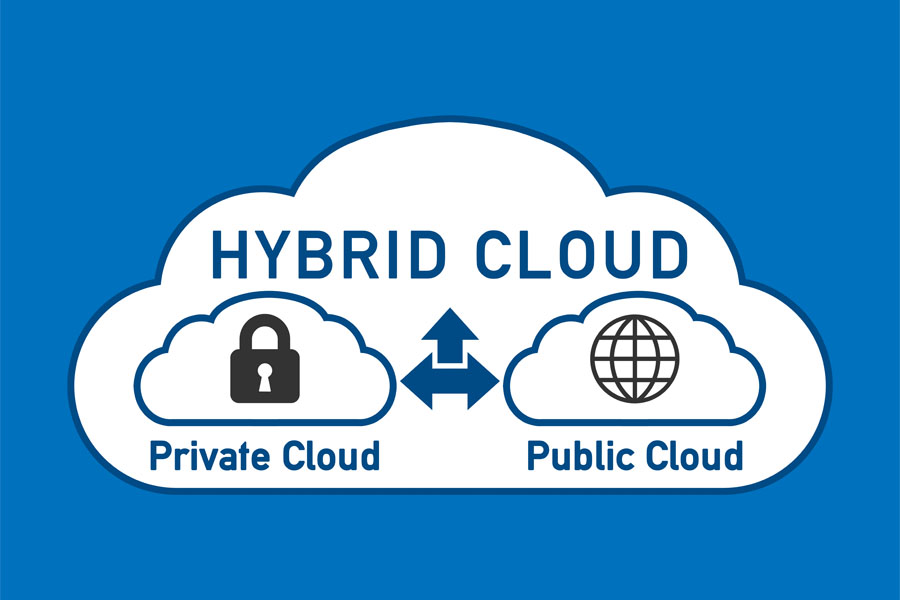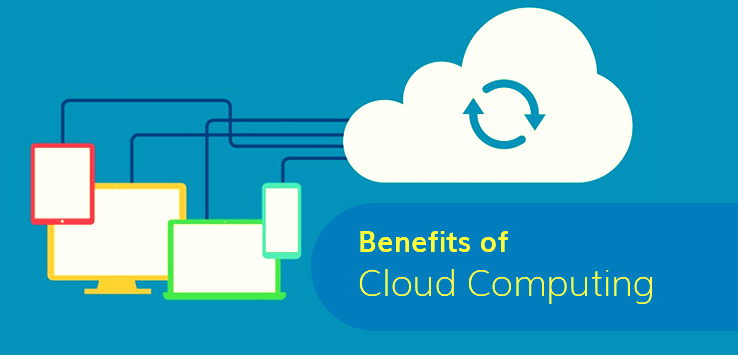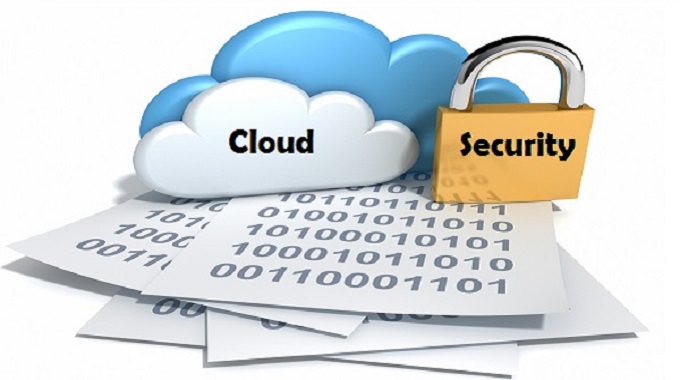What You Need to Know about Cloud Computing? Part 1
Cloud Computing is an internet based computing solution that delivers IT as a Service.
Hardware and software share resources and configured to work together providing applications their collective computing power, with the illusion of running on a single system.
Imagine massive bunch of computers linked through high-speed networks where large numbers of discrete organizations can store their applications and data on a pay-as-you-go model.
There are 3 types of Cloud Computing :
- Public Cloud
- Private Cloud
- Hybrid Cloud
Public Cloud : based on the standard cloud computing model, in which resources, such as infrastructure including servers, storage and even applications are made available to the general public over the Internet, by a cloud service provider.
Examples of public clouds are, Amazon Elastic Compute Cloud (EC2), IBM’s Blue Cloud, Google AppEngine and Windows Azure Services.
Private Cloud : Infrastructure that is used only for a single organization, whether handled internally or by a 3rd-party and hosted internally or externally. The private cloud is a new method of computing in which corporate IT infrastructure is present as a ubiquitous, easily accessible, and reliable utility service. Business owners and application owners, who want to use a new business service, can use the infrastructure as a standard service, without understanding the complexities of servers, storage, and networks.A private cloud, or a virtual private cloud, is a type of cloud computing infrastructure created for in-house data center use.
Hybrid Cloud : Cloud computing environment comprised of at least one private cloud and at least one public cloud. With this model, an organization typically manages applications with sensitive data in-house, but may choose to store archived or non-sensitive data with a cloud provider.
As we know by now, most organization across the world are getting on to the cloud computing wagon.
Why? There are several benefits to cloud computing that are quite simply hard to ignore :
- Rapid Provisioning/Deployment
- Reduced cost
- Computing Cloud at pennies
- Unlimited Storage
- Access to Skilled resources
- Better use of in-house personnel
- Scalability
- High Availability and Redundancy
Why not Cloud Computing?
Massive computing power, unlimited (but not free!) storage, significant improvement in utilization of hardware and human resources at low costs.
What’s not to like about cloud computing? While several companies have jumped on the cloud computing bandwagon, there have been several concerns voiced against cloud computing.
These concerns are mostly in the areas of security and privacy.
Cloud computing providers know this and understand that without stringent security and privacy measures, this model cannot survive.
At the same time, be aware that cloud computing shares characteristics with the following fundamentals :
- Autonomic computing
- Client-server model
- Grid computing
- Mainframe computer
- Utility computing
- Peer-to-peer
What is a cloud client?
A cloud client consists of computer hardware/software that depends on cloud computing for application delivery and that is in essence useless without it.
Cloud client is the definitive client computing solution which is used to restore the outdated computing model of unsecure, unreliable, un-green and exclusive PCs.
That’s all for now… wait for my Part 2 – Cloud Computing “The characteristics”…..








